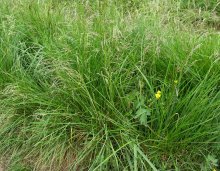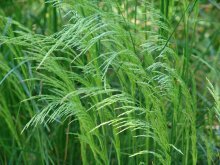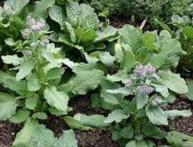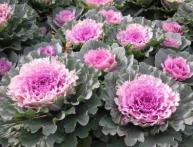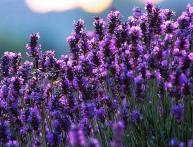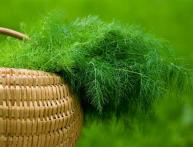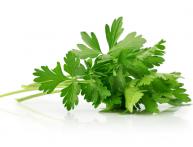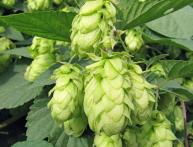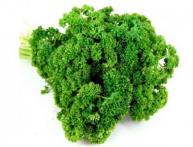Soddy pike: description, planting, use of the plant
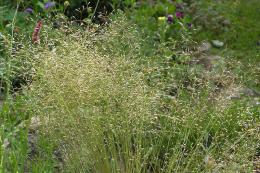
When landscaping a local area or arranging a flower garden, sometimes gardeners have the desire to give the area simplicity and naturalness. Here the question immediately arises of what can be planted among garden compositions so that they resemble as much as possible an elegant natural meadow or clearing. Here various plants from the Cereals family will come to the rescue, which have long and firmly taken their place in landscape design. Of these, soddy pike or soddy meadow grass are well suited for landscaping.
Content:
- Meadow or soddy pike plant description
- How to plant turf pike in the garden, care, best varieties
- Use of turf pike in the garden and in medicine
Meadow or soddy pike plant description
Plants from the genus Meadows, the family Grasses, have not only a large number of natural species, but also various varieties bred from them. This also applies to turf pike. The plant has gained popularity primarily because:
- it is unpretentious
- forms a dense hummock - turf
- grows in one place for many years
- has attractive leaves and inflorescences
- can remain decorative until spring
- has many decorative varieties
- goes well with other plants
Pike turf plant perennial. The average height of the bushes, depending on the variety, is from 0.2 m to 1.7 m. The leaves are narrow, rarely more than 0.5 cm wide, long, hard, folded in half along the entire length.The upper side of the leaf blade is covered with numerous rows of miniature spines, they are directed towards the top of the leaf, increasing its rigidity.
The inflorescence is panicles, collected from almost horizontal spikelets. The length of the panicles, depending on the variety, ranges from 7 cm to 25 cm. During the flowering period, varieties may differ in the color of the inflorescences, but when ripe, many acquire a golden-wheat or bronze-brown color.
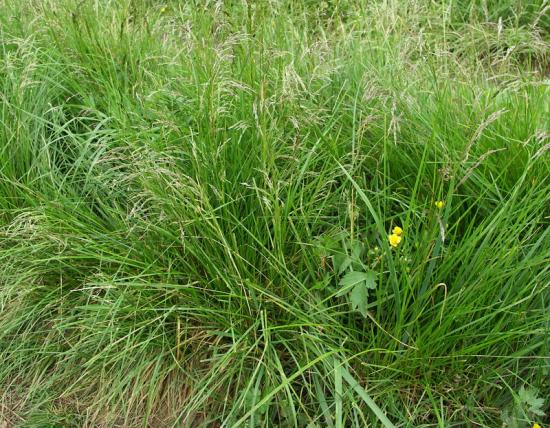
The leaves, stems and roots form a turf hummock, for which the plant is called turfy meadow or turfy pike. In the first two years, the shoots of the turf pike exist in a shortened state, after which a pair of internodes are formed on them, and after this a rosette of leaves of the second tier is formed. This process takes another two years.
After the plant has formed into two tiers, the flowering period begins. In most cases, it is not necessary to wait for pike to bloom before the age of five; sometimes flowers can be seen only in the seventh year of life. It should be said that the wild species is prone to fairly aggressive growth. Instead of an ornamental plant, you can get a harmful and omnipresent weed, so it is better to choose varietal meadows for growing in the garden.
How to plant turf pike in the garden, care, best varieties
Planting material
Planting material for the garden can be either seeds or plant parts separated from the mother bush. Taking into account the fact that many cultivated species are hybrids, a plant that is not similar to the parent may grow from seeds, so it is best to use the method of dividing the bush for planting. The size of the separated parts should be about 15 cm in diameter. The best time to divide pike bushes is spring and autumn.
Lighting and soil
In order for the pike to bloom regularly and abundantly, it is better to choose a place well lit by the sun; if the area is in the shade, then the pike may not bloom. The plant is adapted to grow on soils of any mechanical composition, acid-base reaction and fertility. Although, if you add a minimum amount of organic and mineral fertilizers, then on such soil the turfgrass grows better and has more decorative and neat appearance.
Landing
To plant, you need to dig a planting hole, a little deeper than the size of the bush requires. Place part of the hummock in the hole and cover it with earth; when planting, you need to deepen the hummock a little. Then water well. It is necessary to water in the first two weeks after planting. You should not replant the turfy meadow if the weather is already hot outside with an average daily temperature above +20.
In the future, the plant requires regular watering only in very dry summers. To prevent self-seeding, you can remove flower stalks and periodically trim the tussock. If the tussock begins to look “bald” and unkempt with age, then it’s time to dig it up and divide it.
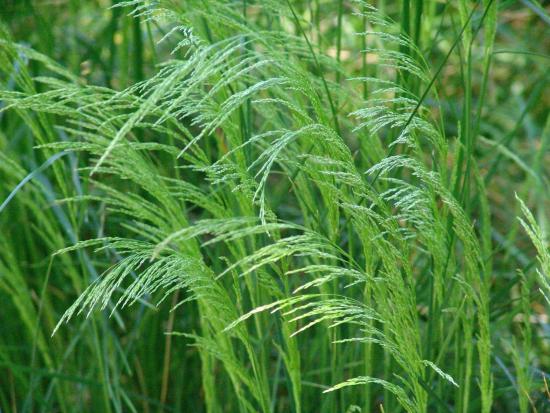
The best varieties for the garden will be:
- Bronzeschleier - stems higher than 1.5 m, retains a decorative appearance throughout the year
- Goldtau - tall variety with attractive golden panicles
- Tardiflora - medium height up to 0.9 m, later variety
There are many more hybrid forms and varieties that harmonize perfectly with the plants in the garden.
Use of turf pike in the garden and in medicine
In the garden, the meadow grass creates beautiful compositions primarily with:
- irises
- buzulnikami
- astilbe
- daylilies
- heather
Tall varieties can be grown near various vertical walls. In addition to decorative use, meadow grass or turf pike are used in medicine, both official and folk. Currently, official medicine has recognized the antiviral activity of preparations from turf pike.
They effectively help cope with viral diseases such as influenza and hepatitis. Currently, a drug for the whole family called proteflazid has been launched.
At home You can use decoctions and infusions from the dried plant; they help well at the first signs of colds and flu, and baths from turf pike will help cope with skin problems.
Video review of the turf pike plant:

